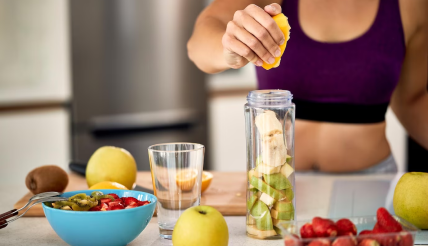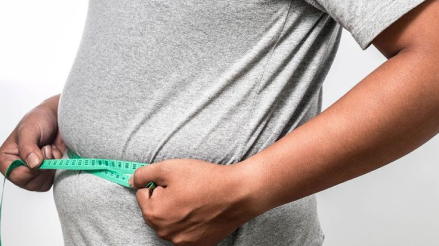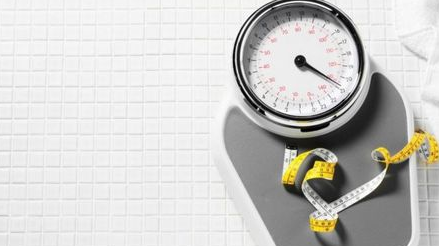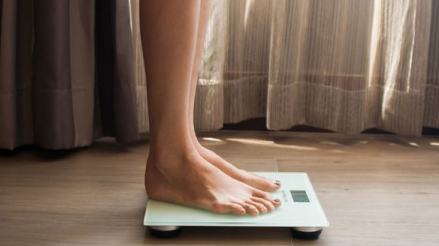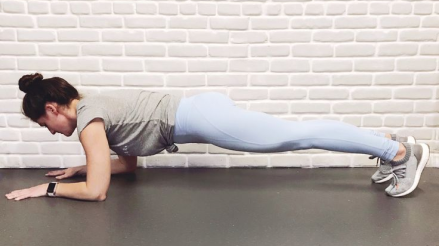You may also like…
Tips and tricks that Contribute to a
smaller portion size
Using smaller dinnerware:
smaller plates, bowls and utensils can create the illusion of larger portions. When you see a full plate, even if its physically smaller, it can psychologically satisfy your visual cues for a meal, making you feel you’ve had a substantial serving.
Use your plate as a portion guide:
Using your plate as a portion guide encourages you to fill your plate with appropriate portions of different food groups, such as vegetables, lean proteins, and whole grains. This technique helps in controlling portion sizes and ensures a balanced meal, reducing the risk of overeating.
Start with a glass of water:
Drinking a glass of water before a meal can help you feel fuller and reduce your appetite
Sometimes, our bodies confuse thirst with hunger, and by hydrating before eating, you can better gauge your true hunger levels and potentially consume fewer calories.
Don't eat it straight from a container:
Eating directly from a container, like a bag of chips or a tub of ice cream, often leads to mindless eating. When you portion out your food onto a plate or into a bowl, you become more aware of how much you're eating, which can help you avoid overindulging.
Be aware of a suitable serving size:
Being mindful of appropriate serving sizes is crucial for calorie control. Many people underestimate how much they eat because they're not familiar with standard portion sizes. Learning what constitutes a reasonable portion can prevent overconsumption of calories.
Use a food diary:
Keeping a food diary involves recording everything you eat and drink throughout the day. This practice increases awareness of eating patterns, portion sizes, and calorie intake. It can be a powerful tool for identifying areas where you may be overeating or making unhealthy food choices. Additionally, tracking your meals can help you set and achieve specific dietary goals.


